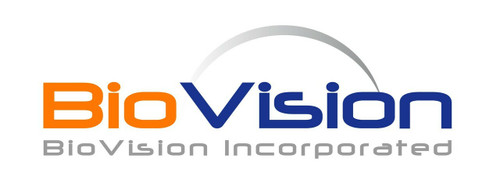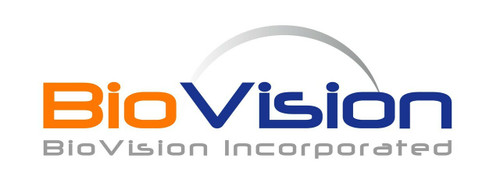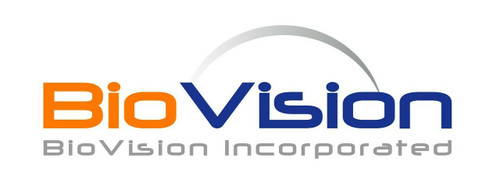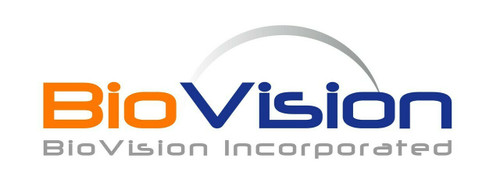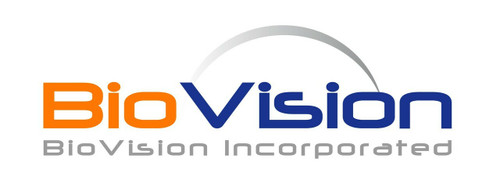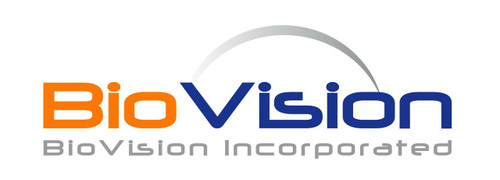Product Description
Fibrinogen is an acute phase protein that is part of the coagulation cascade of proteins. The end result of the cascade is the production of thrombin that converts fibrinogen to fibrin. Thrombin rapidly proteolysis fibrinogen, releasing fibrinopeptide A. The loss of this small peptide is not sufficient to make the resulting fibrin molecule insoluble, but it tends to form complexes with adjacent fibrin and fibrinogen molecules. Thrombin then cleaves a second peptide, fibrinopeptide B, from fibrin and the fibrin monomers formed then polymerize spontaneously to form an insoluble Gel. The polymerized fibrin is held together by noncovalent and electrostatic forces and stabilized by the transamidating enzyme, factor XIIIa that is produced by the action of thrombin on factor XIII. The insoluble fibrin aggregates (clots) and aggregated platelets then block the damaged blood vessel and prevent further bleeding. The amount of fibrinogen in the plasma can serve as a nonspecific indicator of whether or not an inflammatory process is present in the body. Fibrinogen from any mammalian source will be cleaved by thrombin from any mammalian source.
Biovision | 7692 | Fibrinogen plasminogen depleted Human Plasma DataSheet
Biomolecule/Target: Fibrinogen
Synonyms: Factor 1
Alternates names: Factor 1
Taglines: A part of the coagulation cascade of proteins.
NCBI Gene ID #: 2249
NCBI Gene Symbol: FGF-4
Gene Source: Human
Accession #: P08620
Recombinant: No
Source: Human Plasma
Purity by SDS-PAGEs: 97%
Assay: SDS-PAGE
Purity: N/A
Assay #2: N/A
Endotoxin Level: N/A
Activity (Specifications/test method): N/A
Biological activity: > 95% clottable by functional assays
Results: > 95% clottable by functional assays
Binding Capacity: N/A
Unit Definition: N/A
Molecular Weight: 330.00 kDa
Concentration: N/A
Appearance: Liquid
Physical form description: In 20 mM Sodium Citrate-HCl pH 7.4.
Reconstitution Instructions: N/A
Amino acid sequence: N/A
 Euro
Euro
 USD
USD
 British Pound
British Pound
 NULL
NULL





